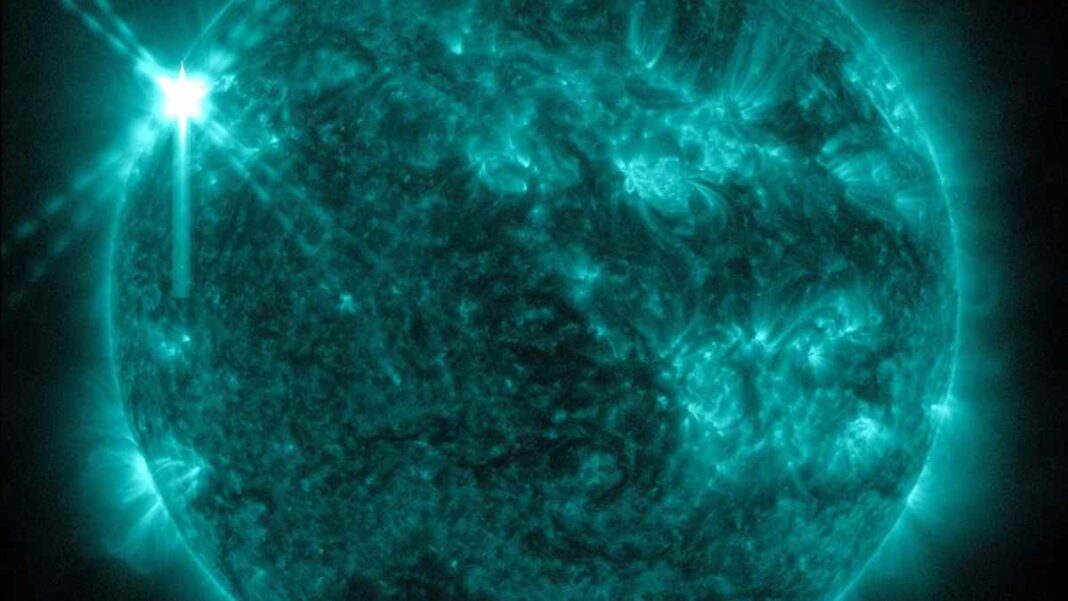AUSTRALIA: Solar activity has been on the rise, with a recent powerful explosion from the sun causing a shortwave radio blackout over southeast Asia, Australia, and New Zealand.
This flare was classified as an X1.2 flare, denoting the most intense flares, and was captured by NASA’s Solar Dynamics Observatory. Solar flares and eruptions can have an adverse effect on radio communications, electrical power grids, navigation signals, and astronaut safety.
This explosion from the sun was the seventh of its kind to be observed in the first three months of 2023, matching the total number of flares that the sun produced in 2022. The explosion is a sign that the sun’s activity is rapidly building up as it continues to cycle through its solar cycle and approaches its peak activity.
The greatest geomagnetic storm in three years occurred last week as a result of a tremendous explosion from a sizable coronal hole in the southern hemisphere of the Sun.
When there is a very effective interchange of energy from the solar wind into the space environment around Earth, geomagnetic storms—a significant disturbance of the magnetosphere—occur.
The recent solar flare also hit Earth on March 29, ionising the atmosphere and causing a loss of signal and other propagation effects below 30 MHz, which could have been noticed by ham radio operators.
Only a few days prior, plasma erupted at a height equivalent to 14 Earths stacked high above the surface of the Sun. In the past week alone, the Sun has caused 22 coronal mass ejections, a geomagnetic storm, and four noteworthy solar flares.
While this heightened solar activity may have an impact on infrastructure and technology, it also gives researchers a chance to study the sun and understand its nature.
The unpredictable nature of solar flares and other space weather events highlights the importance of investing in space weather monitoring and prediction systems. Governments and organisations around the world are working to improve these systems, but there is still much we don’t know about the sun’s behaviour.
The impact of solar flares and other space weather events is becoming more significant as our dependence on technology grows, making it critical to take these events seriously and prepare for their potential consequences.
Also Read: NASA’s Webb Discovers Young Planet with Unique Features Orbiting Two Stars



